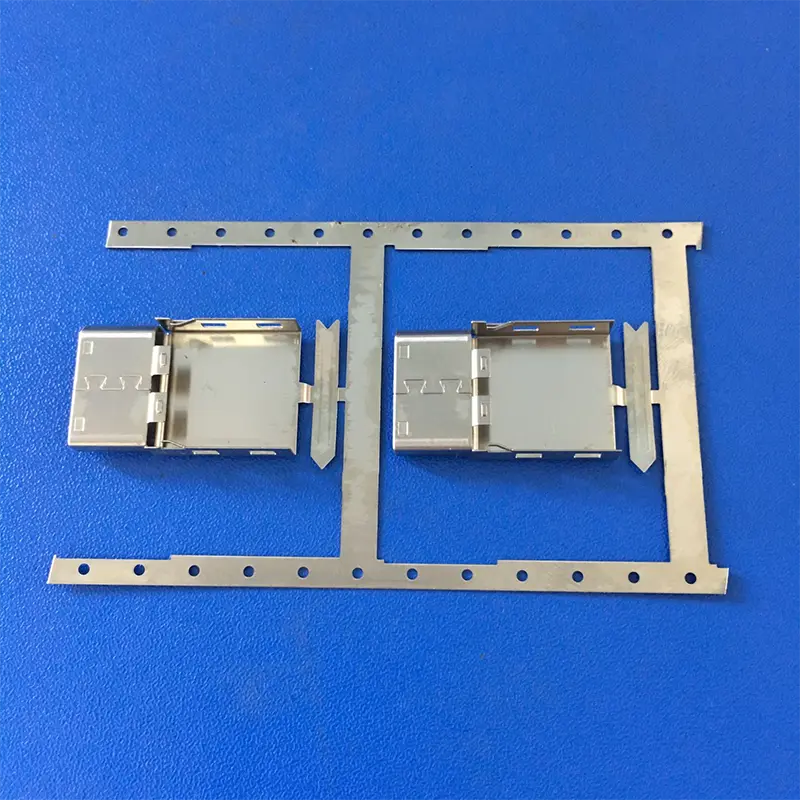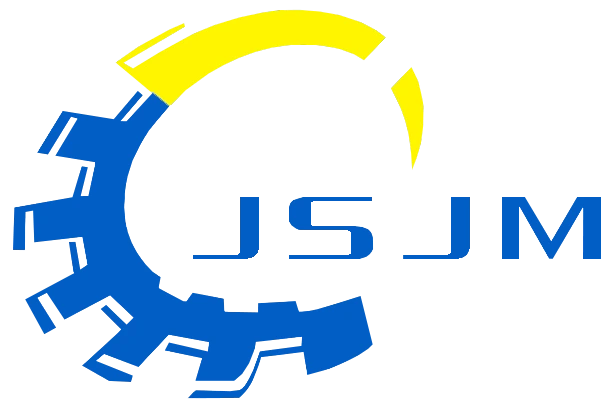Plastic injection moulding: how to increase process efficiency
Plastic Injection Moulding: How to Increase Process Efficiency
Plastic injection moulding is a widely used manufacturing process for producing plastic parts in large volumes. However, many manufacturers struggle with inefficiencies in their production processes. In this article, we will explore various strategies to increase process efficiency in plastic injection moulding, ultimately leading to cost savings and improved productivity.

Optimizing Tool and Mold Design
One of the most critical factors that can impact the efficiency of the plastic injection moulding process is the design of the tool and mold. Optimizing the tool and mold design can lead to significant improvements in cycle times, part quality, and overall productivity.
A well-designed tool and mold should minimize the use of raw materials, reduce cycle times, and produce high-quality parts consistently. Using advanced design software and simulation tools can help identify potential issues and optimize the design before the manufacturing process begins.
Furthermore, considering the use of multi-cavity molds can also significantly increase the output of the moulding process. By producing multiple parts in a single cycle, manufacturers can achieve higher productivity and reduce production costs. However, it is crucial to consider the impact on part quality and cycle times when using multi-cavity molds.
Utilizing Advanced Machinery and Automation
Investing in advanced machinery and automation can greatly improve the efficiency of the plastic injection moulding process. Modern injection moulding machines are equipped with advanced features such as servo-driven motors, closed-loop controls, and integrated robotics, which can significantly reduce cycle times and increase overall productivity.
Additionally, automation can help streamline the production process by minimizing manual intervention, reducing the risk of errors, and improving consistency in part quality. Implementing automated processes for tasks such as part removal, inspection, and packaging can lead to significant time and cost savings.
Moreover, adopting Industry 4.0 technologies, such as real-time monitoring and predictive maintenance, can further enhance the efficiency of plastic injection moulding processes. These technologies enable manufacturers to gather valuable data, identify potential issues, and proactively address them, ultimately improving overall equipment effectiveness (OEE).
Optimizing Material Selection and Handling
The selection of the right materials and proper handling throughout the plastic injection moulding process is crucial for achieving optimal efficiency. Using high-quality, consistent raw materials can significantly reduce the risk of defects, improve part quality, and minimize material waste.
It is important to work closely with material suppliers to understand the properties and characteristics of different materials and select the most suitable ones for specific applications. Additionally, implementing proper material handling and storage practices can prevent contamination, moisture absorption, and degradation, ensuring the consistency and quality of the final parts.
Furthermore, considering the use of regrind materials or recycled plastics can also contribute to cost savings and environmental sustainability. However, it is essential to carefully evaluate the impact of regrind materials on part quality and performance and ensure that they meet the required specifications.
Implementing Lean Manufacturing Principles
The principles of lean manufacturing can be highly beneficial for improving the efficiency of plastic injection moulding processes. By identifying and eliminating non-value-added activities, reducing waste, and optimizing workflows, manufacturers can streamline their production processes and achieve higher levels of efficiency.
Applying techniques such as 5S (Sort, Set in order, Shine, Standardize, Sustain), single-piece flow, and continuous improvement can lead to significant improvements in productivity, quality, and lead times. Implementing visual management tools and performance metrics can also help monitor the performance of the production process and identify opportunities for further improvement.
Additionally, fostering a culture of continuous improvement and empowering employees to contribute ideas for process optimization can also be integral to the success of lean manufacturing initiatives. Encouraging collaboration and participation at all levels of the organization can lead to innovative solutions and sustained improvements in efficiency.
Ensuring Proper Maintenance and Process Optimization
Regular maintenance of injection moulding machines, molds, and auxiliary equipment is essential for ensuring optimal process efficiency. Establishing a preventive maintenance program can help minimize unplanned downtime, extend the lifespan of equipment, and maintain consistent part quality.
It is crucial to conduct regular inspections, lubrication, and calibration of machinery to prevent wear and tear, reduce the risk of breakdowns, and ensure smooth operation. Additionally, addressing any issues or malfunctions promptly can prevent them from escalating into more significant problems that could disrupt the production process.
Furthermore, continually optimizing the injection moulding process by fine-tuning parameters, optimizing cycle times, and minimizing scrap rates can also contribute to enhanced efficiency. Using scientific molding techniques and process optimization tools can help identify the optimal processing conditions, reduce variability, and improve part quality and consistency.
In conclusion, increasing the efficiency of plastic injection moulding processes is crucial for manufacturers to remain competitive in today's market. By optimizing tool and mold design, utilizing advanced machinery and automation, selecting and handling materials effectively, implementing lean manufacturing principles, and ensuring proper maintenance and process optimization, manufacturers can achieve significant improvements in productivity, cost savings, and overall operational excellence. Embracing these strategies and continuously seeking opportunities for process improvement can ultimately lead to a sustainable competitive advantage in the industry.
+86 13433648351





